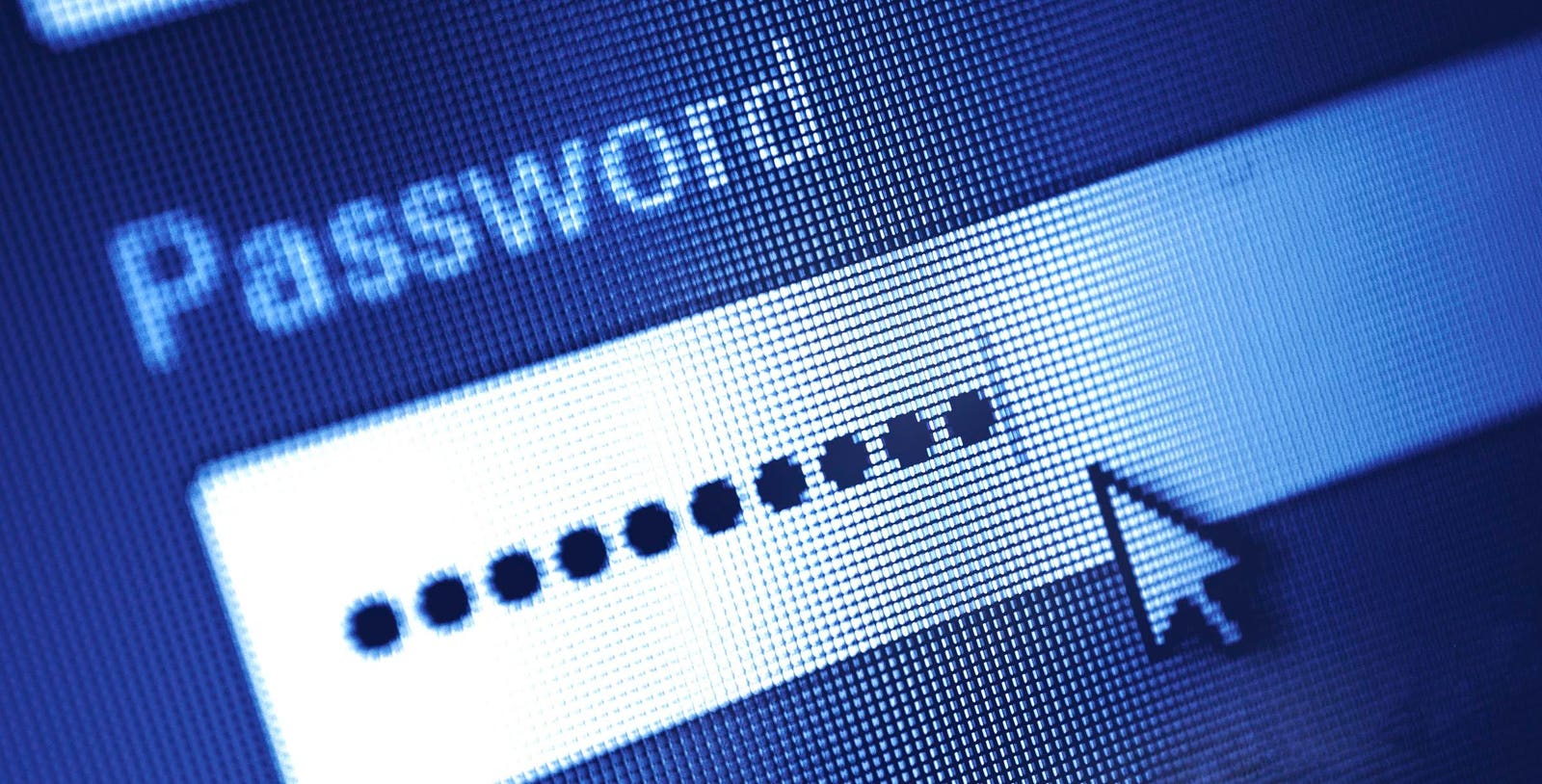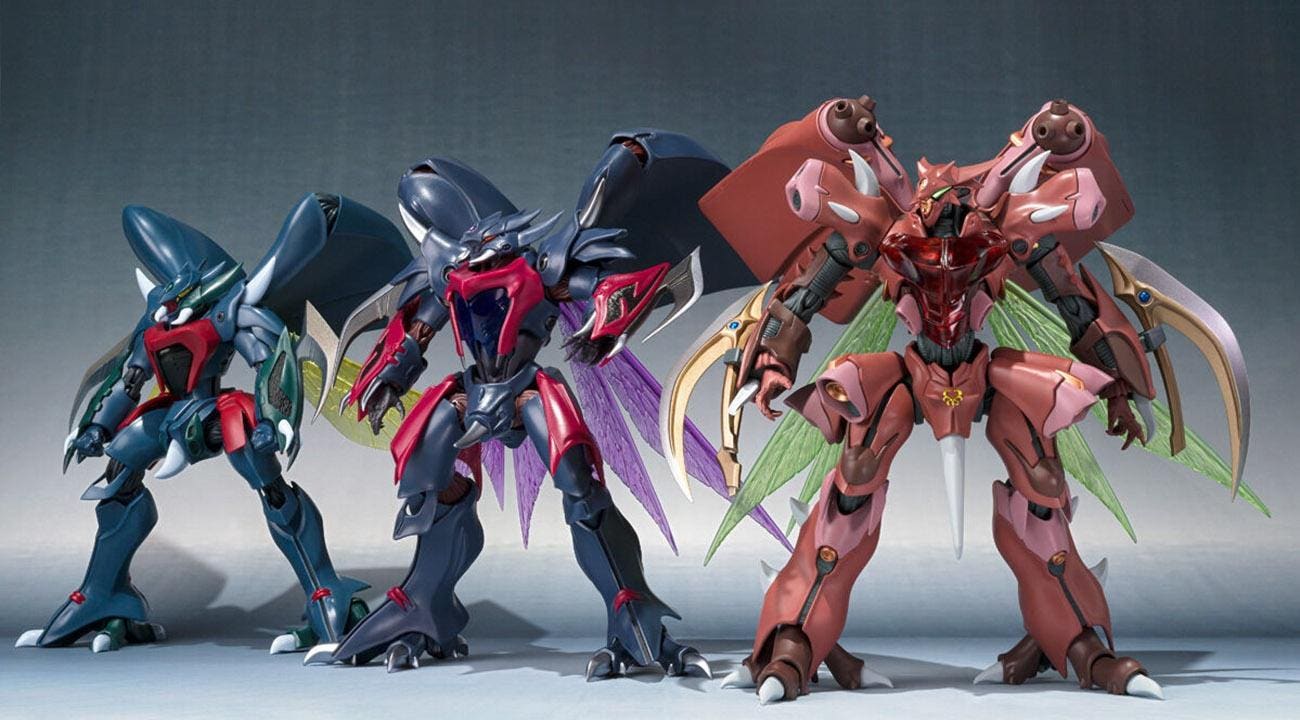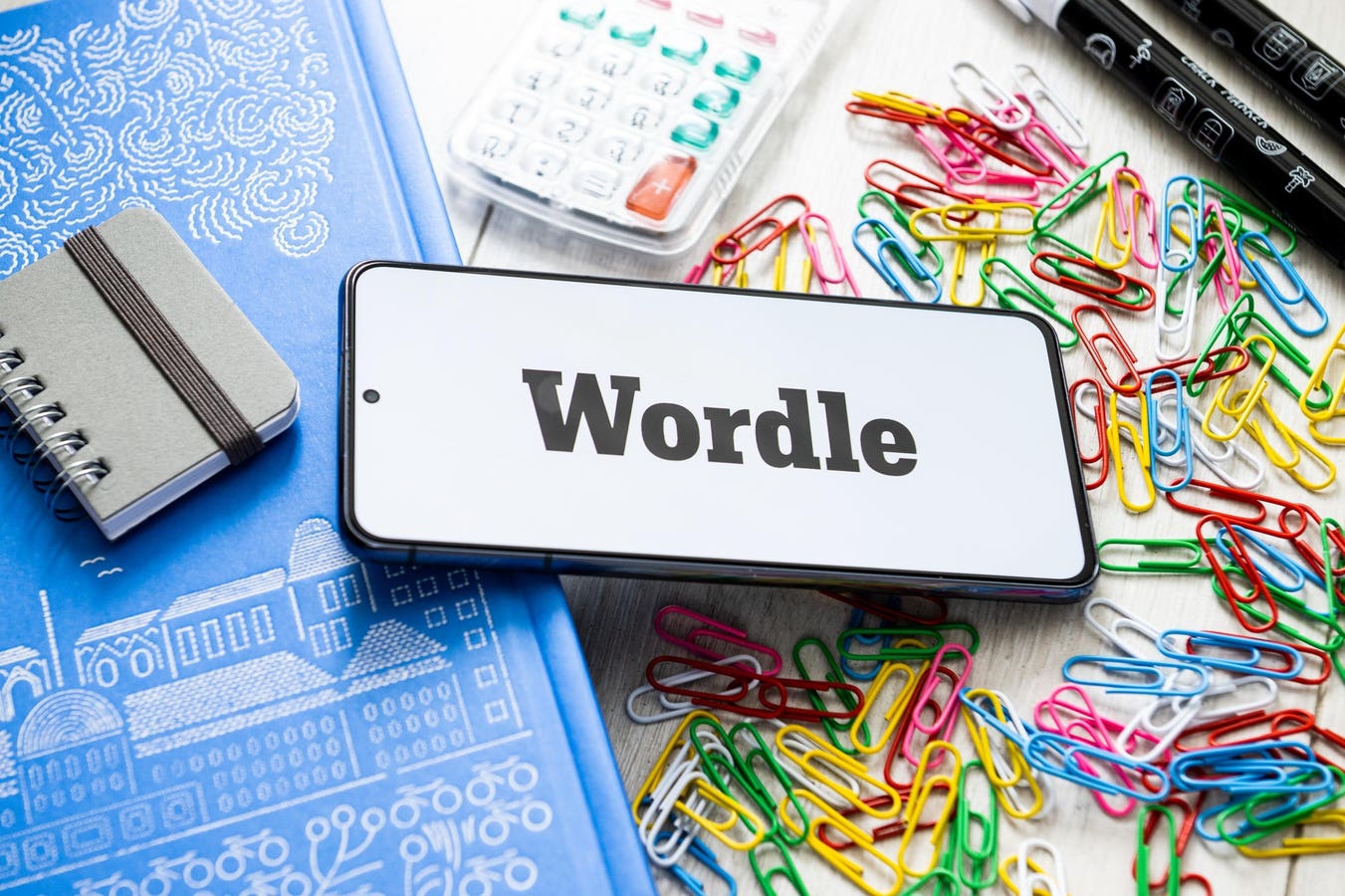After years of scrambling through blackouts, my home now stays bright, calm, and connected—thanks to … More
Living near Houston means you get used to certain things: high humidity, sudden afternoon downpours the uneasy awareness that most of the Texas electric grid is an island unto itself (for now, at least).
Some may call it independence, but in my opinion it is more hubris. Either way, anyone who’s experienced major outages in the past few years can attest that it comes with real risks. The famous Texas freeze in 2021, summer storms that knock out entire neighborhoods and long hurricane seasons have made extended blackouts part of our reality.
The Dark Days
Like many, I prepared the best I could. My home arsenal included two solid portable batteries, each with a 1.5kW output. These are great for running a fridge or a few essentials during a short outage. But as outages have stretched from hours into days, I quickly realized their limits. By the time the first night fell, I’d be running cords to my aging gas generator just to keep the lights on—and even then, the generator’s noise, fumes and fuss turned every blackout into a small crisis.
The last straw came during a multi-day outage in 2024 when my gas generator failed. As you might imagine, finding a new generator or someone available to repair a generator when tens of thousands of homes are without power is challenging. Fortunately, my neighbor across the street came to my rescue until I could buy a replacement generator. With my backup batteries drained, I strung together multiple extension cords and ran them across the street to my neighbor’s generator.
That was the moment I knew it was time for a real solution—a backup system that worked with my house, not against it.
What EcoFlow Brings to the Table
Many of my neighbors have traditional whole-home backup generators that run on gas or propane. I did consider one of those, but they are loud. Frankly, I wish my neighbors didn’t have them. If I have to suffer through a power outage, the dead silence would be one of the potential “perks.”
Enter the EcoFlow Smart Home Panel 2 and DELTA Pro 3. This setup doesn’t just sit in the corner waiting for disaster—it blends into the house, ready to take over the moment power drops.
The Smart Home Panel 2 is a substantial but unobtrusive box, about the size of a well-stocked briefcase. It mounts cleanly to the wall in the garage, not much larger than a typical circuit breaker panel, and its fit-and-finish feel reassuringly modern. Inside, you’ll find clear labeling, dedicated wiring for up to 12 home circuits and enough space for both the heavy wiring and the control systems that make fast, seamless switchover possible.
What’s truly impressive, though, is how the panel acts as a bridge between your home’s wiring and EcoFlow’s battery power. The brain of the operation, the panel senses outages instantly and transfers critical circuits—fridge, Wi-Fi, lighting, HVAC—onto battery backup in a blink. There’s an easy-to-read LED status display, and the panel feels like it belongs—no ugly kludges, no “science project” wiring.
With the ability to scale up to 36kWh, EcoFlow’s system can power a typical home for several … More
The EcoFlow DELTA Pro 3 battery unit is a different animal than the clunky, plastic “portable” batteries of old. This is a powerhouse: a robust, wheeled block about the size of a compact suitcase, weighing in at around 114 pounds. That sounds heavy, but the built-in wheels and pull handle mean you can actually move it around—at least as far as your garage or patio.
With a capacity of 4,096Wh (over 4kWh), and the ability to deliver 4,000W of continuous AC power (with surges up to 8,000W), the DELTA Pro 3 isn’t just for a couple of lamps. This battery was built for serious, whole-home loads. The AC outlets, USB ports, 30A RV port and Anderson-style DC terminals make it clear: this is meant for versatility, not just for camping trips.
Physically, both components have a premium, professional feel. The battery’s LCD panel is large and bright. The entire system is weather-resistant, solid and feels purpose-built for the realities of challenging weather.
Smarter Power, at Your Fingertips
Where the EcoFlow ecosystem really stands apart is in its smart features. The Smart Home Panel 2 syncs with your Wi-Fi and pairs with the EcoFlow app. From your phone, you can see exactly what’s happening in real time—battery state-of-charge, which circuits are drawing power and how much time you have left at the current load.
One of the best features is the flexibility to decide which circuits to back up. You can prioritize the fridge, the Internet, a few bedrooms and—crucially here in Texas—the AC. The app even lets you reassign circuits on the fly, so you’re not locked into decisions you made months ago. You can view historical power usage, set reserve levels to prevent deep discharge and program the system to auto-recharge when grid rates are lowest or when a storm is predicted.
The system can also integrate with solar panels or a gas generator for extended outages, and the batteries are stackable and expandable. With the right configuration, you can scale up to 36kWh—enough to run a typical home for several days. It’s as close to “set it and forget it” as backup power gets.
From Stress to Seamless Experience
Installation was smooth and fast, especially compared to the Rube Goldberg setup of my old system. A professional electrician connected the panel to the main circuits, and linking the DELTA Pro 3 was as simple as plugging in a high-end appliance.
The first real test came quickly. Power outages are never far away these days. The Smart Home Panel 2 responded instantly—so fast that my family didn’t notice anything had changed. The Wi-Fi, fridge and our main rooms stayed powered. The only clue was a digital alert on my phone letting me know the system was running on battery. My kitchen circuit is on the Smart Home Panel 2, so even my oven and microwave clocks didn’t blink or need to be reset.
There were some hiccups—but it is admittedly a first-world problem that wouldn’t apply to a lot of houses—especially outside of Texas where temps are typically more reasonable. When the AC cycled on, the initial surge tripped the system. It still worked to power the house in general—but not as seamlessly as it should (I did have to reset the microwave clock).
Adding a second DELTA Pro 3 battery helped, but still wasn’t quite enough. The real breakthrough came when we installed a soft starter on the air conditioner. That tweak made all the difference: now, when the compressor kicks on, the EcoFlow handles it with ease, no interruptions, no drama.
Since then, every outage has felt—honestly—almost anti-climactic. Unless I wander into a room that’s not on the backup circuit, there’s no sign anything’s wrong. No loud generator, no fumes, no worries about running out to refuel. With two DELTA Pro 3 batteries, we can cover our most important loads for six to eight hours. I can shut down the upstairs AC unit or circuits to rooms we aren’t using to extend the time. If the outage stretches longer, I can recharge the system using my gas generator—now serving only as a backup to the backup.
I also appreciate the peace of mind knowing I can expand the system. I could add another DELTA Pro 3, and up to two extra battery packs per unit, if the need—or another multi-day blackout—arises. It’s not cheap, but it’s a clear path to even greater resilience.
Bottom Line
Weather isn’t getting any friendlier, and the power grid isn’t getting any more resilient in most cases. Across the country, outages are more frequent, more intense and often more prolonged.
After years of cobbling together makeshift solutions, EcoFlow’s Smart Home Panel 2 and DELTA Pro 3 have changed my relationship with backup power. This system is quiet, smart ready for whatever the grid—and the weather—throw our way.
For anyone tired of rolling the dice with gas generators and patchwork solutions, EcoFlow delivers the peace of mind that people need right now.









